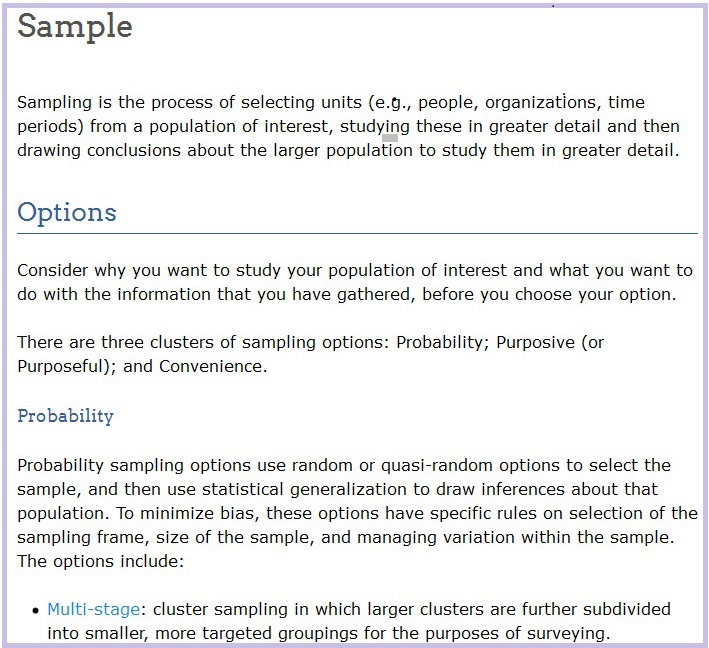Aug
07

Posted by nnlmneo on August 7th, 2015
Posted in: Blog
Once you start looking online for help with your evaluation project, you will find a veritable storm of evaluation resources out there. So many that it can be confusing how choose the best ones for your needs. But don’t worry, once you’ve looked at this online tool you will find the rainbow of hope that follows the storm (okay that was pretty cheesy – stay with me, it gets better).
A group of evaluators from all over the world created a website called BetterEvaluation.org for the purpose of organizing and sharing useful online evaluation resources. The framework they created to organize resources is called the Rainbow Framework because it divides the world of evaluation into seven different “clusters” which are delineated by rainbow colors. Each cluster is then broken down into a number of tasks, and each task broken down into options and resources.
Here is an example of the Rainbow Framework in action. By clicking on the yellow “Describe” category, the image opens a window on the right that lists seven tasks: 1) Sample; 2) Use measures, indicators, or metrics; 3) Collect and/or retrieve data; 4) Manage data; 5) Combine qualitative and quantitative data; 6) Analyze data; and 7) Visualize data.
When you click on a specific task, a page listing a variety of Options and Resources will open, like this:
BetterEvaluation made eight 20 minute “coffee break” webinars in conjunction with AEA that you can watch for free on the BetterEvaluation website. Each webinar describes a cluster, and there is one overview webinar. The webinars are two years old, so the actual image of the rainbow looks a little different from the webinar video, but the content is still relevant. Here is a link to the webinar series: http://betterevaluation.org/events/coffee_break_webinars_2013
The Rainbow Framework does more than just organize resources. Here are some reasons you might want to use this Framework.
1) Help designing and planning an evaluation
2) Check the quality of an ongoing evaluation
3) Commission an evaluation – will help formulate what’s important to include when you commission an evaluator and then when you assess the quality of the proposals
4) Embed stakeholder participation thoughtfully throughout the evaluation
5) Develop your evaluation capacity – lifelong learning – to fill in gaps of knowledge.
So, somewhere over the rainbow, your evaluation skies may be blue…